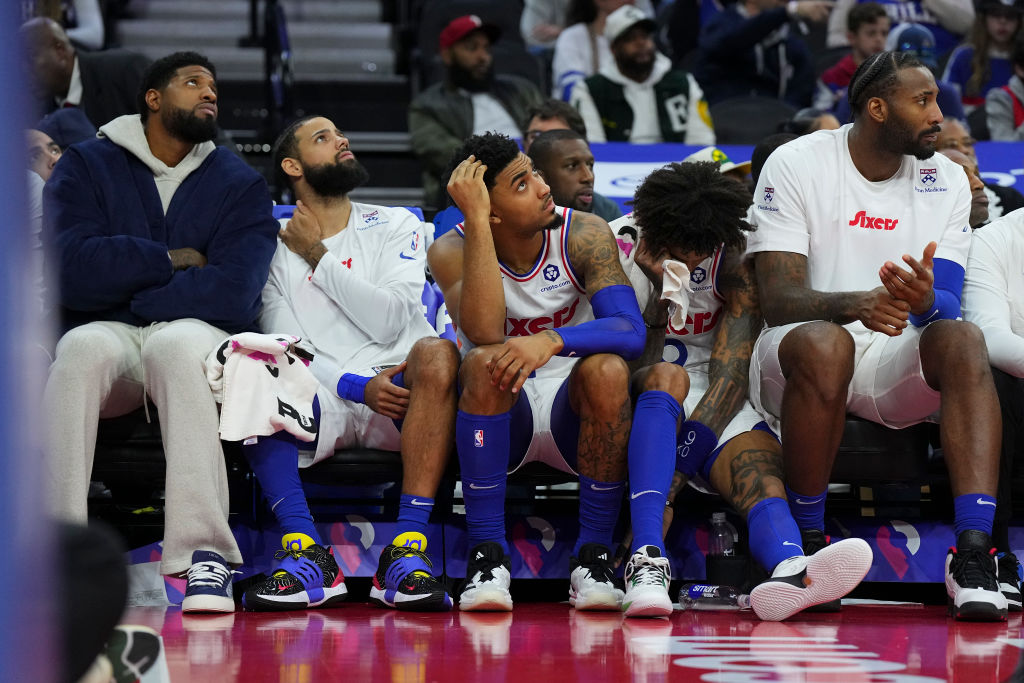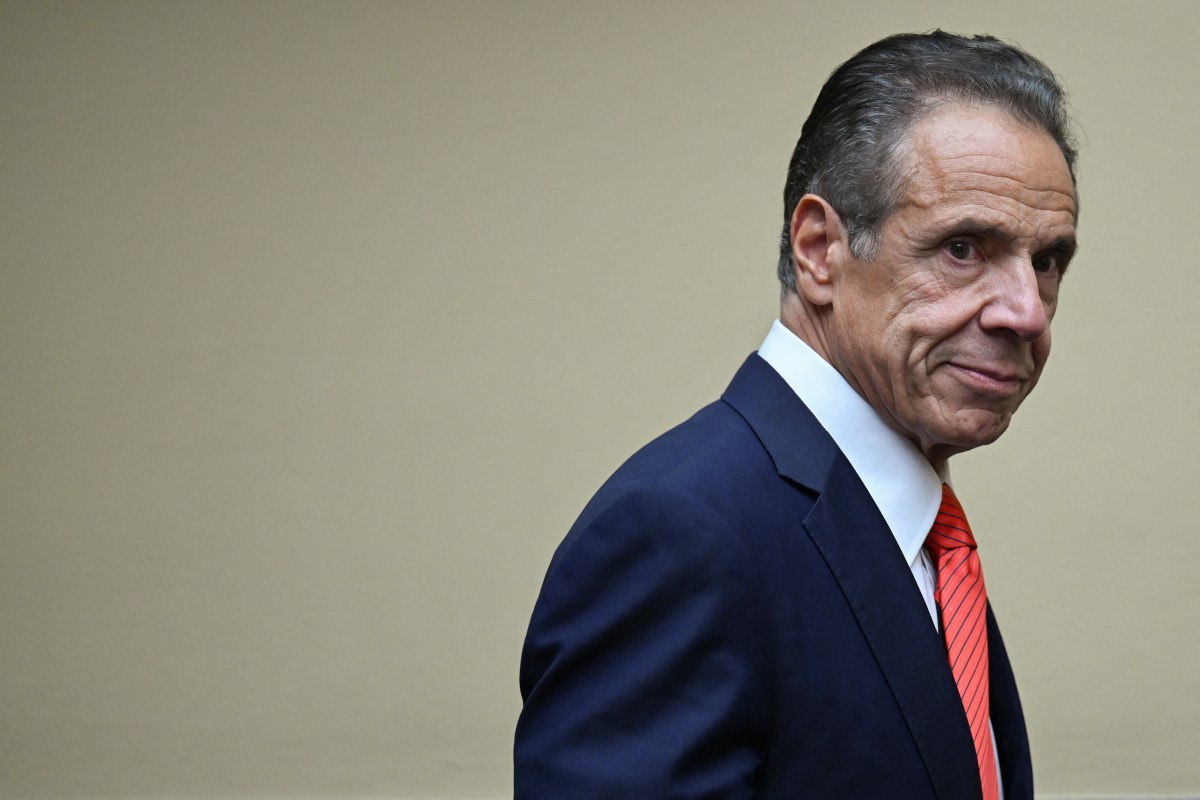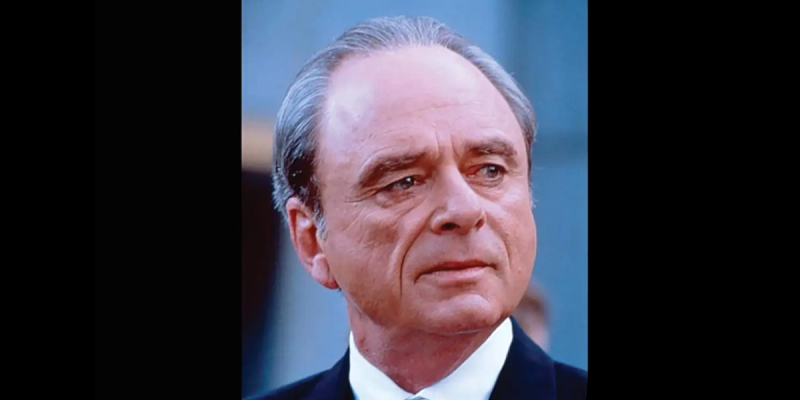TOKYO/FRANKFURT/WASHINGTON (Reuters) – After years of applying plenty of stick to commercial lenders unhappy with negative interest rate policies, central bankers in the euro zone and Japan are experimenting with some carrot, too.
With the coronavirus pandemic ravaging the global economy, the European Central Bank and the Bank of Japan have started paying banks to borrow from them, hoping they will keep the credit taps open for cash-strapped households and companies.
This subsidy is the newest twist in the topsy-turvy world of negative rates policy: rather than just punishing banks for sitting on their idle cash as they have been doing for years, central banks are now rewarding them for lending, or, in the ECB’s case, just for the mere fact of borrowing.
It also marks a shift that makes any further cut to the ECB’s and BOJ’s negative deposit rates – an increase in how much banks pay for parking their excess reserves – unlikely soon, even as money markets begin to price in chances that negative rates may soon make debuts in the United States and Britain.
Indeed, BOJ Governor Haruhiko Kuroda emphasized last week that he saw no need to deepen negative interest rates now.
“At this moment, we don’t think it’s necessary,” Kuroda said last week. “The most important thing now is to provide necessary financing to firms through the banking system, and to make financial markets stable,” he said in a seminar organized by the Financial Times.
AN EASING FOR BANKS
When the coronavirus pandemic hit the euro zone in March, the ECB was widely expected to cut its deposit rate again. But it refrained from doing so, instead offering banks loans at negative rates as long as they didn’t shrink their loan books.
The terms were later improved, with banks getting 0.50% for one year with no strings attached, or 1% if they don’t shrink their loan books.
The BOJ, which learned from the ECB in introducing negative rates in 2016, is now following suit in retreating from the policy.
Last month, it decided to pay 0.1% interest to financial institutions tapping its crisis-response lending program. That led to a surge in participating lenders.
It also was a departure from the BOJ’s long-held skepticism over rewarding banks for borrowing for fear of drawing criticism as unfairly subsidizing them.
“By offering a 0.1% interest, we’d like to incentivize (commercial banks) into helping us extend financial support to a wider range of firms,” Kuroda said last month.
Japanese bank lending rose steadily after Kuroda took the BOJ’s helm in 2013, including after the adoption of negative rates in 2016. But analysts attribute the increase more to rising loans for property investment.
While negative rates apply to only a small portion of banks’ reserves, they crushed already-narrowing profit margins at weaker regional banks. The BOJ warned in April that dwindling profits had driven banks into taking on more risk, enough to potentially destabilize Japan’s banking system.
NEGATIVE INTEREST? NOT INTERESTED
The questionable effect on lending has led many other central banks to look askance at negative rates, an issue raised again in the face of monumental job losses and activity declines resulting from efforts to stop the spread of COVID-19, the respiratory illness caused by the novel coronavirus.
Federal Reserve Chair Jerome Powell spoke strongly against the idea in a webcast appearance last week, saying negative rates are “not something that we are looking at” even while the next steps to battle the coronavirus-related economic downturn are examined.
The U.S. central bank, in its own way, has similarly tried to pull banks into helping with the rescue. It has trimmed what it charges banks to borrow to just 0.25%, negligibly above what they can earn on their reserve deposits. The change in terms for the “discount window” came with encouragement that banks use it liberally and take advantage of some relaxed oversight.
But negative rates are a non-starter as a policy matter. Though investors have been betting recently the Fed will be forced down that road, Powell’s critical stance is echoed by other policymakers who feel the stress on banks and the U.S. dollar’s unique global role make negative rates policy unwise.
The Bank of England also appears hesitant, although it has been less full throated than the Fed in shooting the idea down. Governor Andrew Bailey said last week the BoE is not considering taking “the very big step” of pushing interest rates below zero, but that was undercut days later by the bank’s chief economist telling the Daily Telegraph the central bank was looking at the idea at the idea “with somewhat greater immediacy.”
Sayuri Shirai, a former Bank of Japan board member, says it has become a “near-consensus” among global central banks that negative rates have huge drawbacks and mixed positive results.
“It doesn’t make sense to deepen negative interest rates and hurt banks when you’re actually trying to encourage them to lend more,” she said. “It’s a tool that is very hard to use at a time like now.”
Help from the banking sector is particularly important in Japan and Europe, where banks are the primary credit source for many companies.
Both the ECB and the BOJ have eased collateral requirements for banks that tap their loan programs. After blind-siding banks with the 2016 move to negative rates, the BOJ now frequently seeks their views on what framework works best for them.
In its role as the euro zone’s bank supervisor, the ECB has also let banks eat into their capital and liquidity requirements to navigate the current crisis and invited them to keep provisions sufficiently low to avoid further economic damage.
For a watchdog set up to clean up the banking sector after the financial crisis more than a decade ago, it was a major change of tack.
“Unlike in the 2008 financial crisis, banks are not the source of the problem this time,” said Andrea Enria, the ECB’s chief supervisor. “But we need to ensure that they can be part of the solution.
(Additional reporting by William Schomberg in London; Editing by Dan Burns and Paul Simao)

























